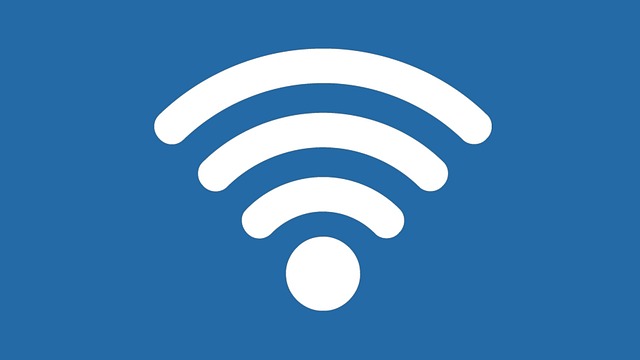Securing your home WiFi network is essential to protect your personal information and prevent unauthorized access to your devices. With the increasing use of technology in our daily lives, it is more important than ever to take steps to safeguard your home network.
In this blog post, we’ll discuss several ways to secure your home WiFi network and protect your online privacy.
Set up a strong login password
The first step in securing your home WiFi network is to change the default login credentials for your router. Many routers come with easily guessable default usernames and passwords, which can be easily exploited by hackers. By changing the default login credentials, you can make it more difficult for unauthorized users to access your network.
Consider updating your wifi password every so often especially if you frequently give out your wifi login to visitors to your home, just to be safe.
Enable the highest level encryption possible
Another important step in securing your home WiFi network is to enable WPA2 encryption. WPA2 (Wi-Fi Protected Access II) is the strongest encryption standard currently available for WiFi networks. It uses a strong encryption algorithm to protect your network from unauthorized access and keeps your personal information safe.
To enable WPA2 encryption, you’ll need to access your router’s settings and look for the security or encryption options.
Consider using a virtual private network
Another effective way to secure your home WiFi network is to use a virtual private network (VPN). A VPN encrypts all of the data that is sent and received over your network, making it much more difficult for hackers to intercept your personal information.
There are many VPN providers available, and many offer free or low-cost plans that are perfect for home use.
Having said that, ensure that you know in advance about considerations when using a VPN as it can result in some inconveniences that you should be aware of up front.
Set up a guest account for visitors
You should also consider setting up a guest network for your home WiFi network. A guest network allows you to provide WiFi access to visitors without giving them access to your main network and the devices connected to it. This is a great way to protect your personal information and keep your network secure.
Plus you can keep your main family password the same and simply update this guest account password every so often to avoid inconveniencing everyone in the household.
Only use the current firmware
Another important aspect is to keep your router’s firmware up to date. Router manufacturers often release firmware updates that fix security vulnerabilities, so it’s important to check for and install updates regularly.
Do an occasional check to see who is connected
Finally, be mindful of the devices you connect to your network. While it’s convenient to connect all of your devices to your home WiFi network, it’s also important to be aware of the potential security risks. Avoid connecting devices that you don’t trust or don’t have strong security features.
Summary
In conclusion, securing your home WiFi network is essential to protect your personal information and keep your devices safe from unauthorized access. By changing the default login credentials, enabling WPA2 encryption, using a VPN, setting up a guest network, keeping your router’s firmware up to date, and being mindful of the devices you connect to your network, you can take steps to safeguard your home network and protect your online privacy.
Remember, the security of your network is only as strong as the weakest link, so it’s important to be vigilant and take steps to keep your network secure.


